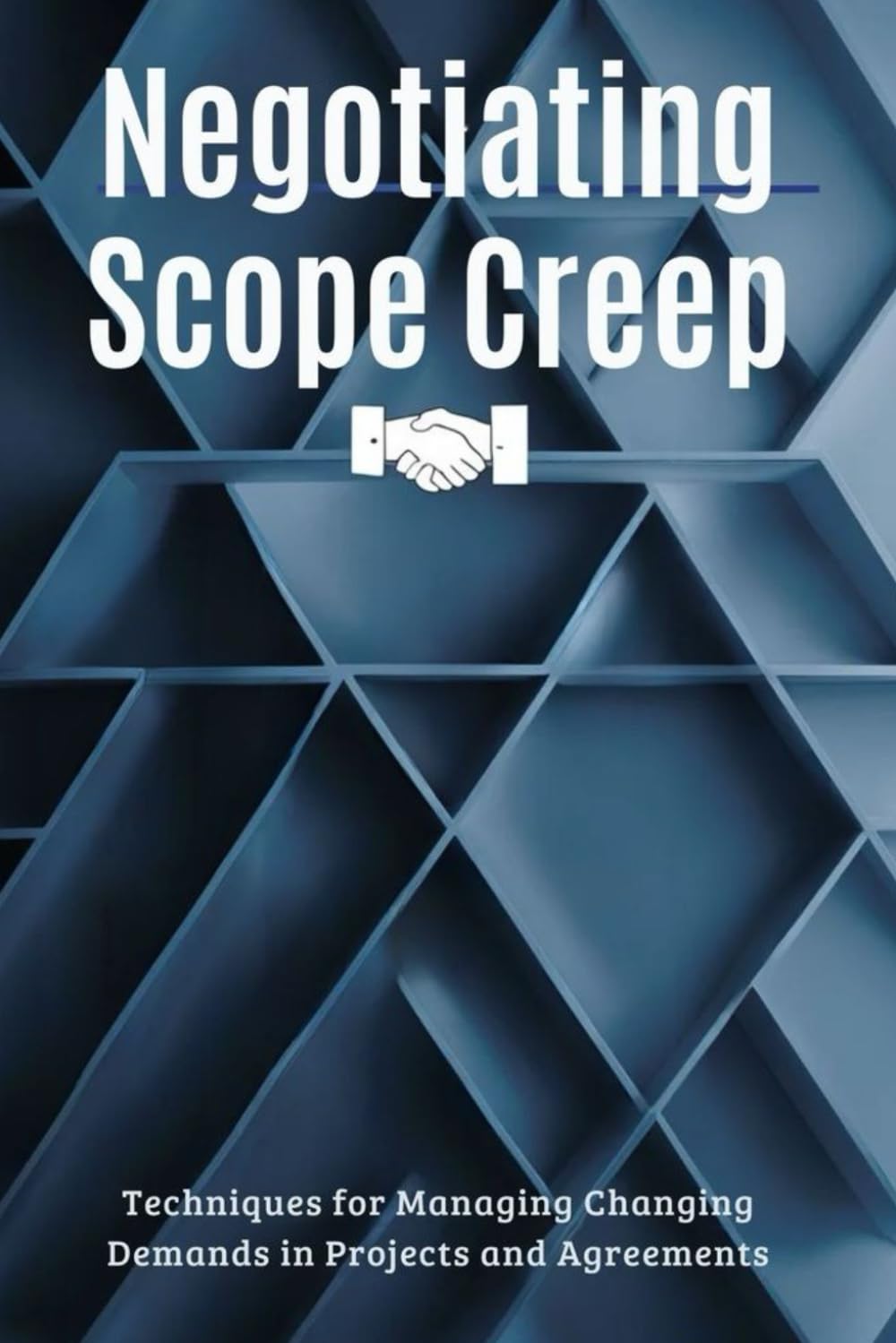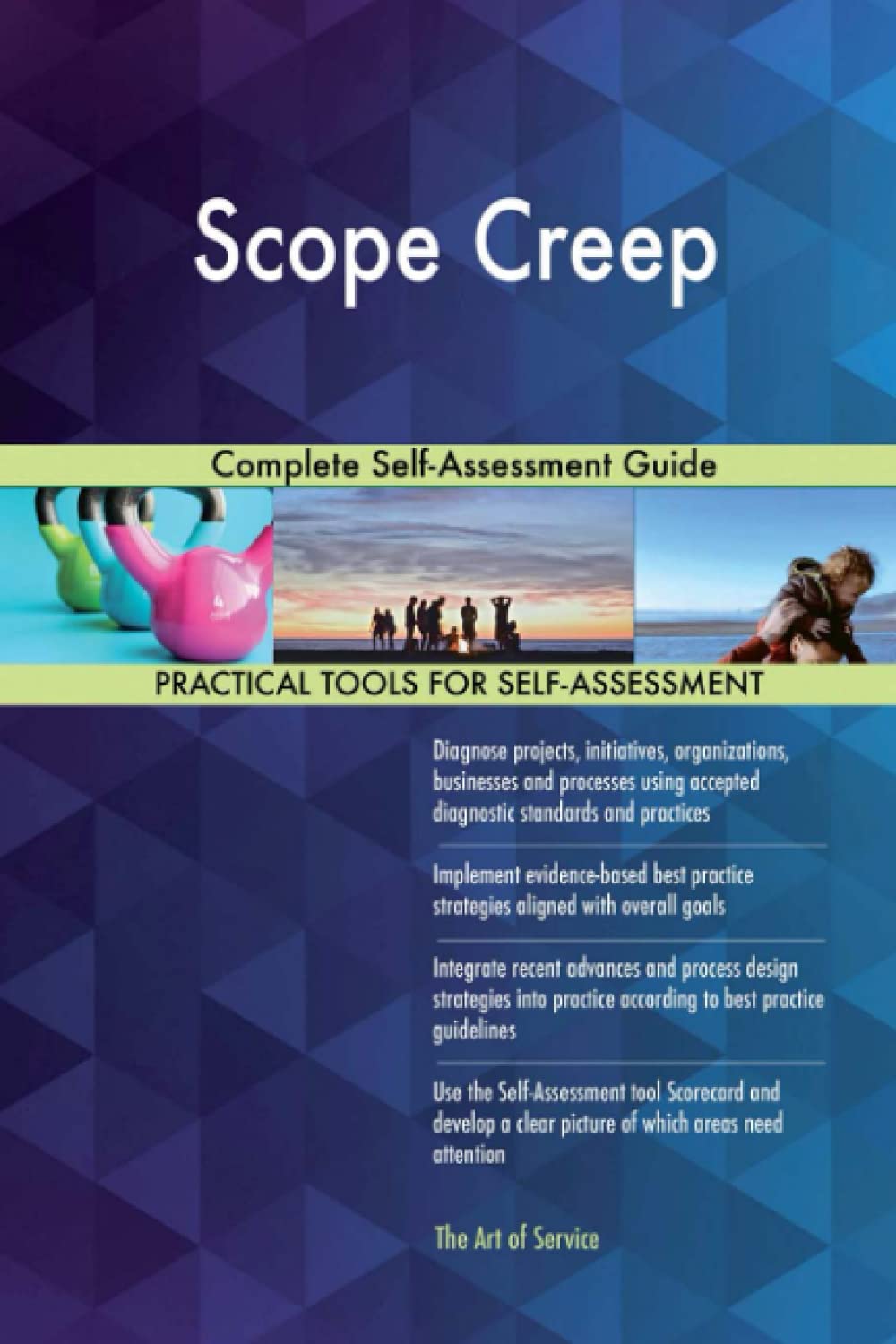
Scope Creep
What is Scope Creep?
Scope creep is the gradual, often uncontrolled expansion of a project’s original objectives, deliverables, or requirements without corresponding adjustments to time, cost, or resources. It typically occurs when stakeholders add new features or tasks after the project has started, especially without formal change control. This phenomenon can disrupt project timelines, inflate budgets, and overwhelm teams, leading to missed deadlines or project failure. It often results from unclear objectives, poor stakeholder communication, or weak project governance.
Scope creep can affect projects of all sizes and in any industry. It may begin with small, seemingly harmless requests that accumulate over time. Without a clear process to manage and evaluate these changes, the project can deviate significantly from its intended path. Project managers must actively monitor and control changes to maintain alignment with project goals.
Key Points
- Scope creep involves unapproved or unplanned additions to a project’s scope.
- It can lead to missed deadlines, budget overruns, and resource strain.
- The root causes include vague project requirements, inadequate planning, and insufficient stakeholder engagement.
- A formal change management process helps identify and evaluate proposed changes before implementation.
- Clear documentation and strong communication are essential to prevent scope drift.
Related Terms
- Change control is a structured process that helps evaluate and approve changes to the project scope.
- Project charter defines the initial boundaries of the project and serves as a reference to resist unauthorized changes.
- Requirements management ensures teams capture and agree upon stakeholder needs from the outset.
- Stakeholder engagement involves regular communication to align expectations and minimize scope conflicts.
- Work breakdown structure (WBS) provides a detailed roadmap of deliverables that can help prevent unplanned additions.
Scope Creep: Example
A software development project was initially planned to deliver a basic inventory system. Midway through the project, the client requested additional reporting features, mobile access, and real-time analytics. The project team began implementing these changes without adjusting the timeline or budget. As a result, the project exceeded its budget and was delivered months late, with quality issues due to rushed development.
Scope Creep: Best Practices
- Define and document project scope clearly at the beginning.
- Establish a formal process to evaluate and approve scope changes.
- Communicate regularly with stakeholders to manage expectations.
- Use a project charter and WBS to reinforce agreed-upon deliverables.
- Monitor project progress and compare it against the original plan to detect early signs of deviation.
Additional Resources
Preparing for a PMI certification?
- Exam Prep Courses: PMP®, CAPM®, and PMI-ACP®
- Exam Simulators: PMP®, CAPM®, PMI-ACP®, PMI-PBA®, PMI-RMP®, PMI-SP®, PgMP®, and PfMP®
- Professional Development Units (PDUs): 15, 30, and 60 PDU Bundles




